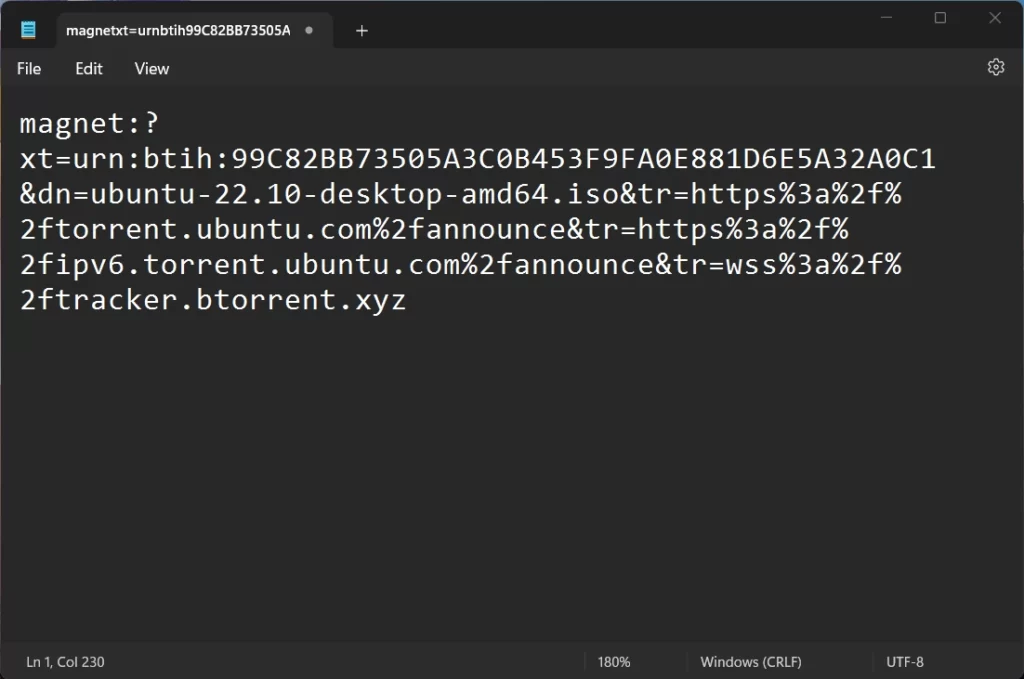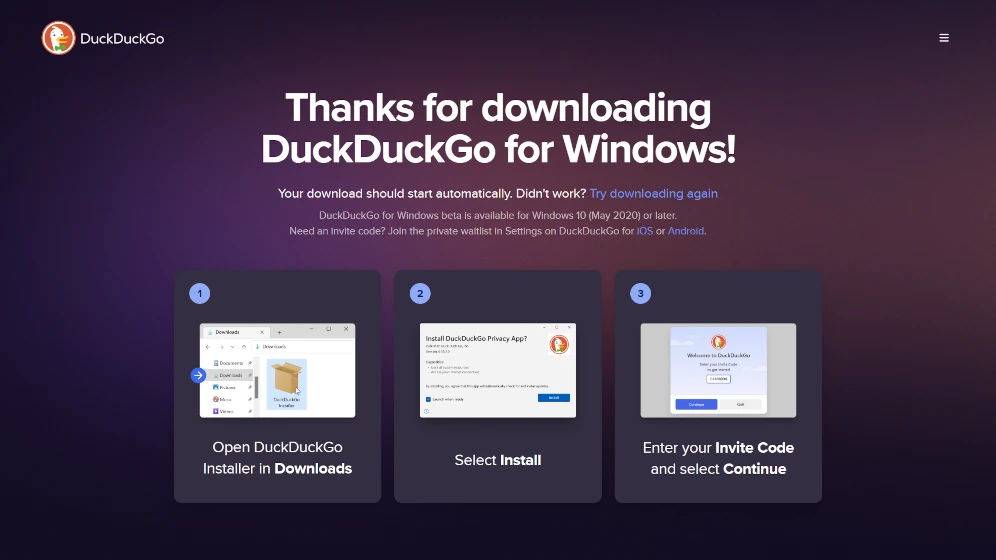In the world of file sharing, two terms often come up: magnet links and torrent files. While both serve the same purpose of enabling users to download and share files, they have distinct differences in their structure, functionality, and usage.
In this article, we will delve into the key differences between magnet and torrent files, as well as explore their internal data and file content.
Understanding Magnet Links and Torrent Files
Before diving into the differences, it’s essential to understand what magnet links and torrent files are and how they work.
Magnet Links
A magnet link is a unique identifier that contains all the information needed to locate a specific file or set of files on a peer-to-peer (P2P) network. It is a URI (Uniform Resource Identifier) scheme that includes the file’s hash value, which is a unique alphanumeric string generated by a cryptographic hash function. This hash value is used to identify the file and ensure its integrity.

Torrent Files
A torrent file is a small metadata file that contains information about the files to be shared and the tracker, which is a server that helps coordinate the file-sharing process. The torrent file itself does not contain the actual content; instead, it acts as a roadmap for downloading the content from other users on the P2P network.

A magnet link is the quicker and fastest way to initiate a download or file-sharing process in torrent clients. On the other side .torrent file is needed to be downloaded before opening it in the torrent client.
Differences Between Magnet Links and Torrent Files
Now that we have a basic understanding of magnet links and torrent files, let’s explore their key differences.
Here is a comparison table between magnet and torrent files with examples:
| Feature | Magnet File | Torrent File |
|---|---|---|
| File Size | Very small | Larger than magnet files |
| File Content | Does not contain the actual file, only a link to it | Contains information about the file, including its name, size, and location |
| Security | More secure than torrent files because they do not contain any information about the file itself | Less secure than magnet files because they contain information about the file and can be used to track users who are downloading copyrighted material |
| Download Speed | May be slower because they rely on connecting to other users who are sharing the file | Can be used to download large files quickly and efficiently because they download the file in pieces from multiple sources |
| Availability | Becoming more popular because they are easier to share and download | Widely used, but not all websites and torrent trackers support magnet links |
Example of a Magnet File:
magnet:?xt=urn:btih:4a6b5c3d2e1f0a9b8c7d6e5f4a3b2c1d
Example of a Torrent File:
Filename: My_Favorite_Movie.torrent
Size: 1.2 MB
Contents: Information about the movie file, including its name, size, and location on the internet.
File Structure and Content
Magnet links are simple text strings that can be easily shared and embedded in websites, emails, or instant messages. They contain the following information:
- The hash value of the file(s) to be downloaded
- The name of the file(s) (optional)
- The tracker URL(s) (optional)
On the other hand, torrent files are binary files with a specific structure. They contain the following information:
- The file(s) name and size
- The piece length (the size of each chunk of the file)
- The hash value of each piece
- The tracker URL(s)
File Size
Magnet links are typically smaller in size compared to torrent files, as they only contain the essential information needed to locate the file(s) on the P2P network. Torrent files, however, contain more detailed information about the file(s) and the tracker, resulting in a larger file size.
Download Process
When using a magnet link, the download process starts by connecting to the DHT (Distributed Hash Table) network to find the peers sharing the file(s). Once the peers are located, the download begins. This process can take longer to initiate compared to torrent files, as the client needs to gather all the necessary information before starting the download.
With torrent files, the download process is faster to initiate, as all the required information is already present in the file. The client connects to the tracker, which provides a list of peers sharing the file(s), and the download begins immediately.
Anonymity and Privacy
Magnet links offer a higher level of anonymity and privacy compared to torrent files. Since magnet links do not rely on a central tracker, they are less susceptible to monitoring and blocking by ISPs (Internet Service Providers) or other third parties. Additionally, magnet links can be easily shared without the need to upload a torrent file to a website, reducing the risk of being tracked.
Torrent files, on the other hand, rely on a central tracker, making them more vulnerable to monitoring and blocking. Uploading a torrent file to a website also increases the risk of being tracked by third parties.
Availability and Longevity
Magnet links have an advantage in terms of availability and longevity, as they do not rely on a single tracker or torrent website. As long as the file(s) are being shared by peers on the P2P network, the magnet link will remain functional.
Torrent files, however, depend on the availability of the tracker and the torrent website hosting the file. If the tracker goes offline or the torrent file is removed from the website, the torrent becomes inaccessible.
In summary, magnet links and torrent files serve the same purpose of enabling users to download and share files on P2P networks. However, they have distinct differences in terms of file structure, content, size, download process, anonymity, privacy, availability, and longevity. Magnet links offer several advantages, such as increased anonymity, privacy, and longevity, while torrent files provide a faster download initiation process.
